Milk-based candies have become increasingly popular in the global confectionery market due to their rich flavor and creamy texture. However, producing milk candies on a large scale requires specialized machinery that ensures consistency, quality, and efficiency. This article will explore the manufacturing process of milk candy machines, discussing the key components, the design process, and the factors influencing machine efficiency. Additionally, we will cover the maintenance and longevity of these machines to ensure they continue to perform optimally for years.
Overview of Milk Candy Production
Milk candy production involves several key steps to transform simple ingredients into the rich, sweet confections enjoyed by consumers worldwide. The process includes mixing, cooking, cooling, molding, and packaging, all of which require precise control to ensure a consistent product. The primary ingredients in milk candy production are milk, sugar, glucose, and flavorings, each of which plays a vital role in achieving the right texture and taste.
Key Steps in Milk Candy Production:
| Step | Description |
|---|---|
| Mixing | Ingredients like milk, sugar, and glucose are thoroughly blended together. |
| Cooking | The mixture is heated to a precise temperature to create the desired consistency. |
| Cooling | The candy mixture is cooled to solidify and achieve the desired texture. |
| Molding | The cooled candy is shaped into various forms such as lollipops or toffees. |
| Packaging | The finished product is packaged for retail or bulk distribution. |
The milk candy manufacturing process demands attention to detail at every stage, as even small variations can lead to inconsistencies in flavor and texture. This is where specialized milk candy machines come in.
The Design and Manufacturing Process of Milk Candy Machines
Milk candy machines are designed to handle the specific needs of milk-based confectioneries. The design process begins with understanding the types of candies to be produced, their required texture, and the scale of production. Once these factors are determined, engineers and manufacturers focus on creating machines that can consistently and efficiently process milk and other ingredients.
Key Design Considerations:
Automation and Efficiency: Modern milk candy machines are designed to automate various stages of production, reducing labor costs and increasing output.
Temperature Control: Precise temperature regulation is critical for cooking milk and sugar without overcooking or undercooking the mixture.
Customization: Machines are often customized to produce a variety of milk candies, from soft toffees to hard caramels, requiring flexibility in design.
Materials: Food-grade materials that are safe, durable, and easy to clean are essential for milk candy machines, ensuring hygiene throughout the production process.
Once the design is finalized, the manufacturing process involves assembling the various components, including heating systems, mixing mechanisms, and molding units. The machine is thoroughly tested to ensure all systems work in harmony and can maintain the necessary temperatures and speeds for optimal candy production.
Key Components of Milk Candy Machines
Milk candy machines are comprised of several key components that work together to produce high-quality candy. Each part plays a specific role in the production process, and understanding these components is essential for evaluating the efficiency and performance of the machine.
| Component | Function |
|---|---|
| Heating System | Ensures precise temperature control during the cooking process, allowing for caramelization of milk and sugar. |
| Mixing System | Mixes the ingredients evenly to ensure smooth consistency and avoid clumping. |
| Molding Unit | Shapes the candy into the desired forms, such as lollipops, toffees, or caramels. |
| Cooling System | Cools the candy quickly to ensure it solidifies without becoming too hard or too soft. |
| Packaging System | Automatically wraps and seals the finished product to ensure freshness and hygiene. |
These components are integrated into a cohesive system that automates the entire production process, making large-scale milk candy manufacturing more efficient and cost-effective.
The Manufacturing Process of Milk Candy Machines
The process of manufacturing milk candy machines involves several stages, from raw material selection to assembly. Each machine is carefully constructed to ensure it meets safety standards and performs reliably under continuous operation. Below is an overview of the key steps involved in the manufacturing process of milk candy machines.
Material Selection
The materials used in milk candy machines must meet strict food safety standards. Stainless steel is commonly used due to its durability, resistance to corrosion, and ease of cleaning. Food-grade plastics and rubber are also used for seals and components that come into contact with the candy mixture.
Fabrication and Assembly
Once the materials are selected, the fabrication process begins. This involves cutting, welding, and shaping the components to build the machine's framework and internal systems. After fabrication, the machine is assembled, with parts like the heating system, mixing units, and cooling systems installed.
Quality Control
Throughout the manufacturing process, quality control checks are performed to ensure each component meets the required specifications. Testing is conducted to ensure that the machine operates safely, efficiently, and produces consistent results.
Final Testing and Calibration
Before the machine is sent to the client, it undergoes a series of final tests to ensure everything functions as intended. This includes calibrating the temperature control systems, ensuring uniform mixing, and verifying the molding system's accuracy.
Factors Influencing the Design and Efficiency of Milk Candy Machines
Several factors impact the design and efficiency of milk candy machines. These include:
Production Scale: Machines designed for small-scale production may not have the same capacity or features as those built for large-scale operations. Larger machines are designed to handle high volumes of product without sacrificing quality.
Customization Requirements: Some manufacturers may require specialized features, such as molds for unique candy shapes or the ability to create candies with specific textures.
Energy Efficiency: Energy costs are a significant concern in manufacturing, so modern milk candy machines are designed with energy-saving features, such as improved insulation and efficient heating systems.
Technological Advancements: The integration of technologies like IoT (Internet of Things) and AI (Artificial Intelligence) has improved the efficiency and adaptability of milk candy machines. These technologies allow for real-time monitoring, predictive maintenance, and better quality control.
Maintenance and Longevity of Milk Candy Machines
To ensure the continued efficiency of milk candy machines, regular maintenance is required. This includes cleaning, lubrication, and inspecting key components for wear and tear.
Routine Maintenance:
Cleaning: Regular cleaning is necessary to prevent the buildup of residue and ensure hygiene.
Lubrication: Moving parts must be lubricated to prevent friction and extend their lifespan.
Inspection: Routine inspections of the heating and cooling systems, mixing units, and molds are essential to prevent breakdowns.
Longevity:
Well-maintained machines can last for many years, providing consistent performance and reducing the need for frequent replacements. Ensuring that machines are operated within their specified limits and conducting timely maintenance can significantly extend their useful life.
The manufacturing process of milk candy machines is a complex and highly specialized procedure, requiring precision engineering, high-quality materials, and careful assembly. By investing in the right machines and implementing regular maintenance, manufacturers can ensure that their production lines run efficiently, meeting the growing demand for milk-based confectioneries. At Jiangsu Flying Dragon Food Machinery Co., Ltd., we provide top-quality milk candy machines designed for consistent performance, energy efficiency, and long-lasting reliability. Whether you're looking to scale up production or improve existing processes, our machines offer the flexibility and performance you need to succeed in the competitive candy market.


 ENG
ENG
 English
English 中文简体
中文简体 русский
русский Français
Français Español
Español عربى
عربى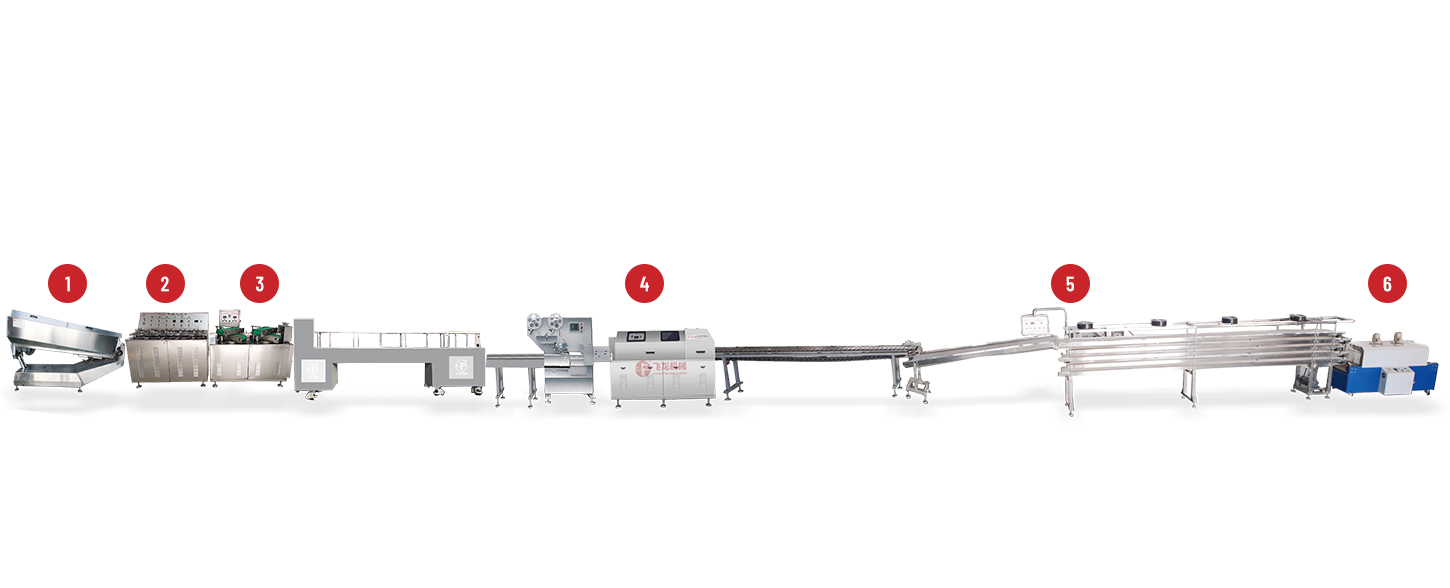
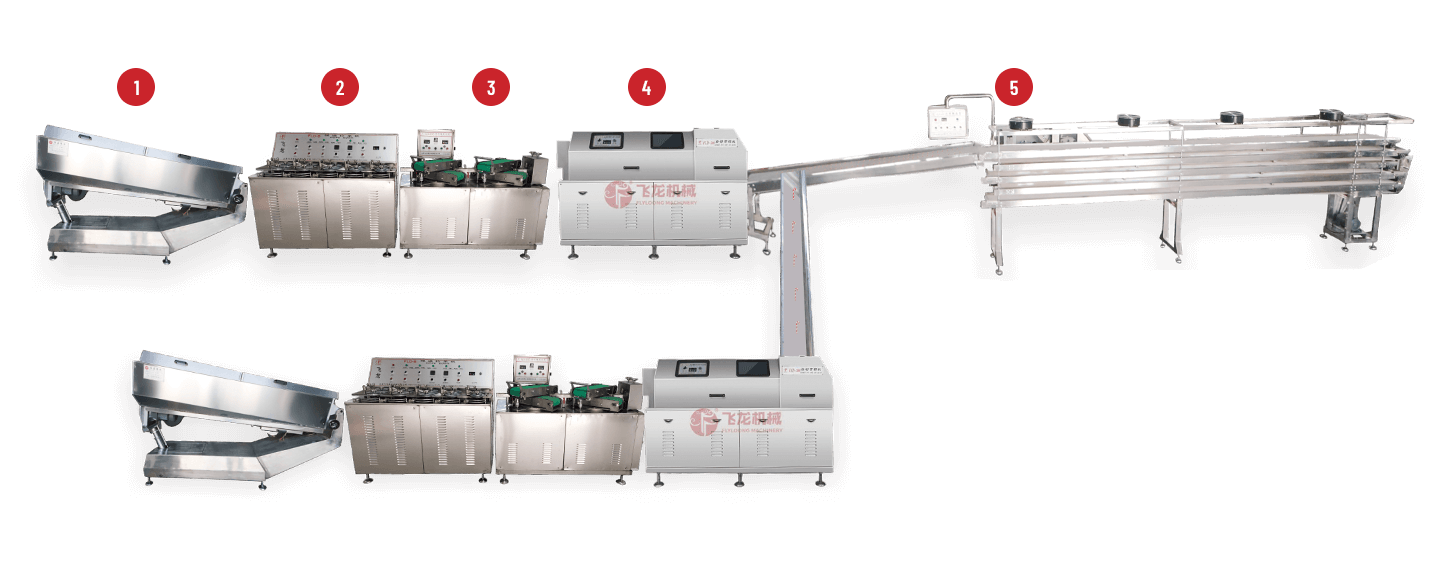
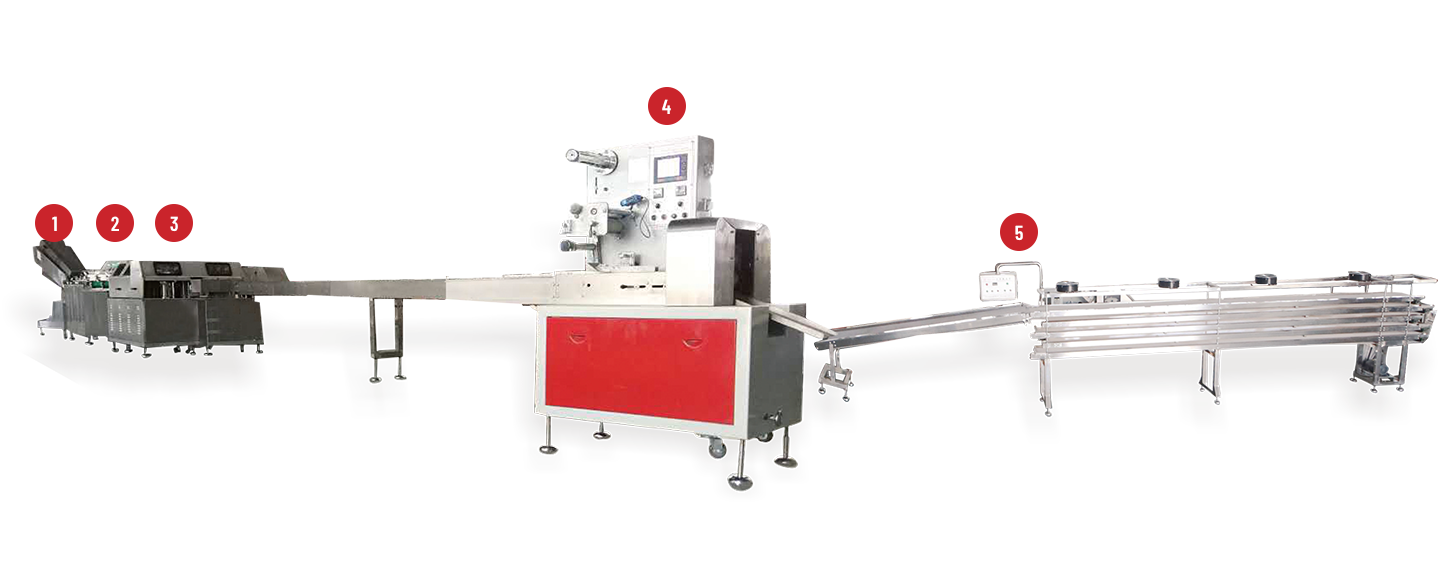
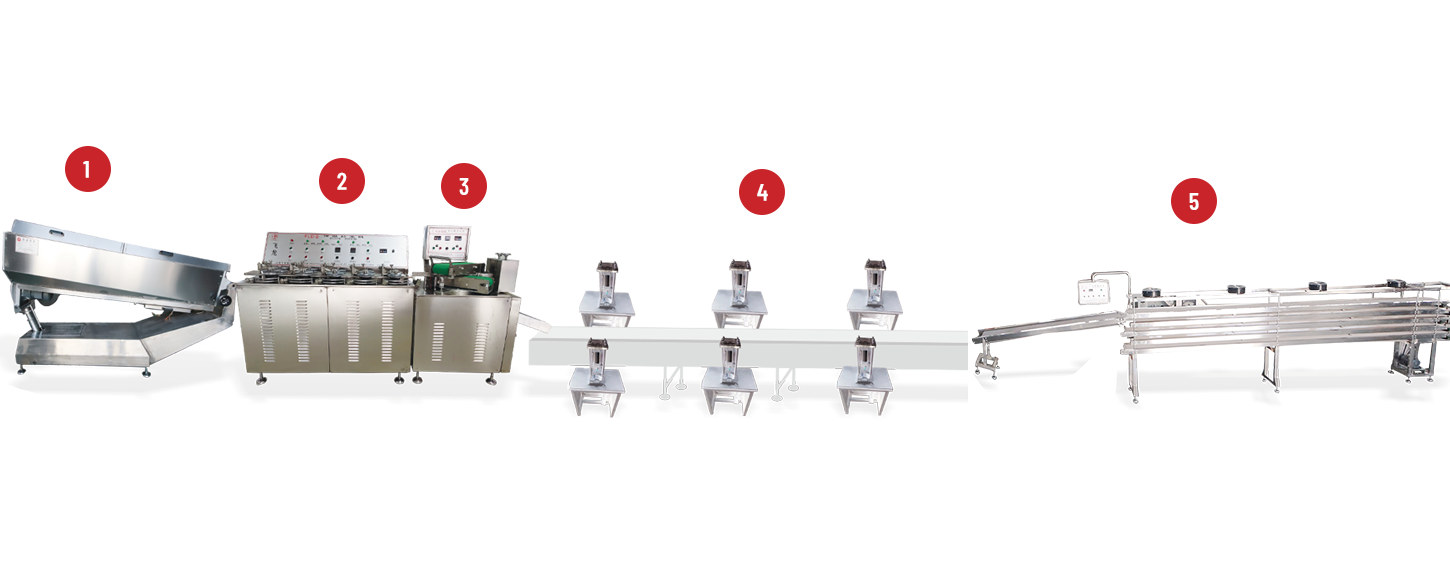
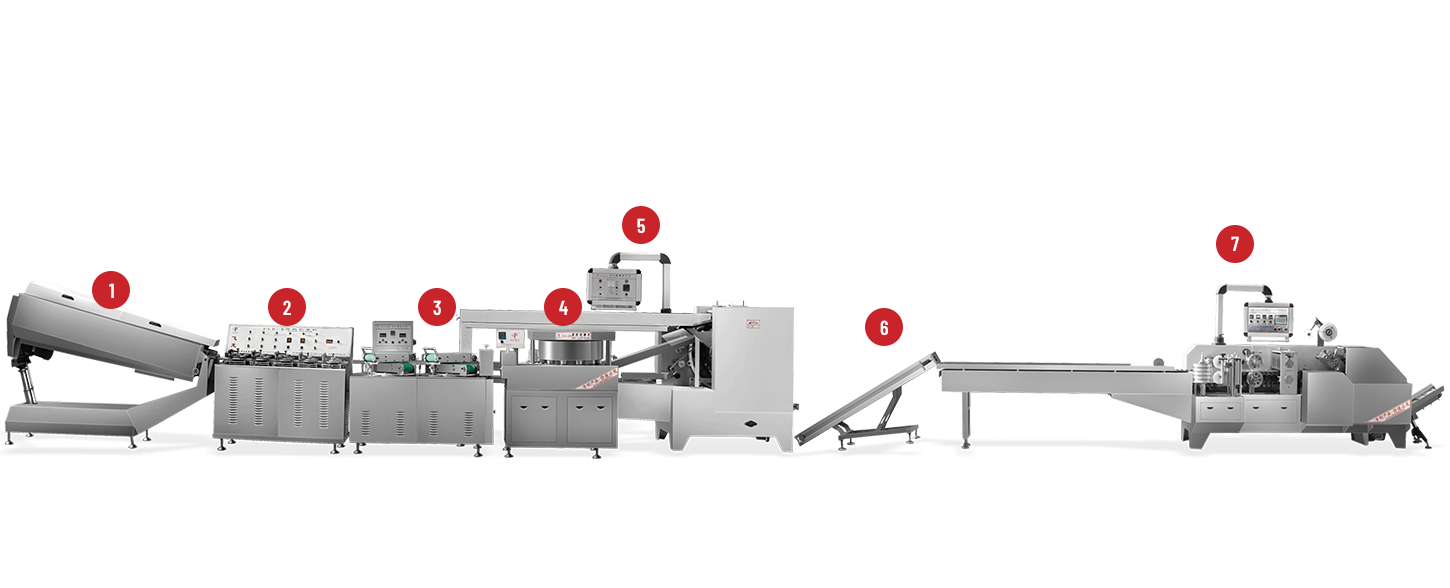

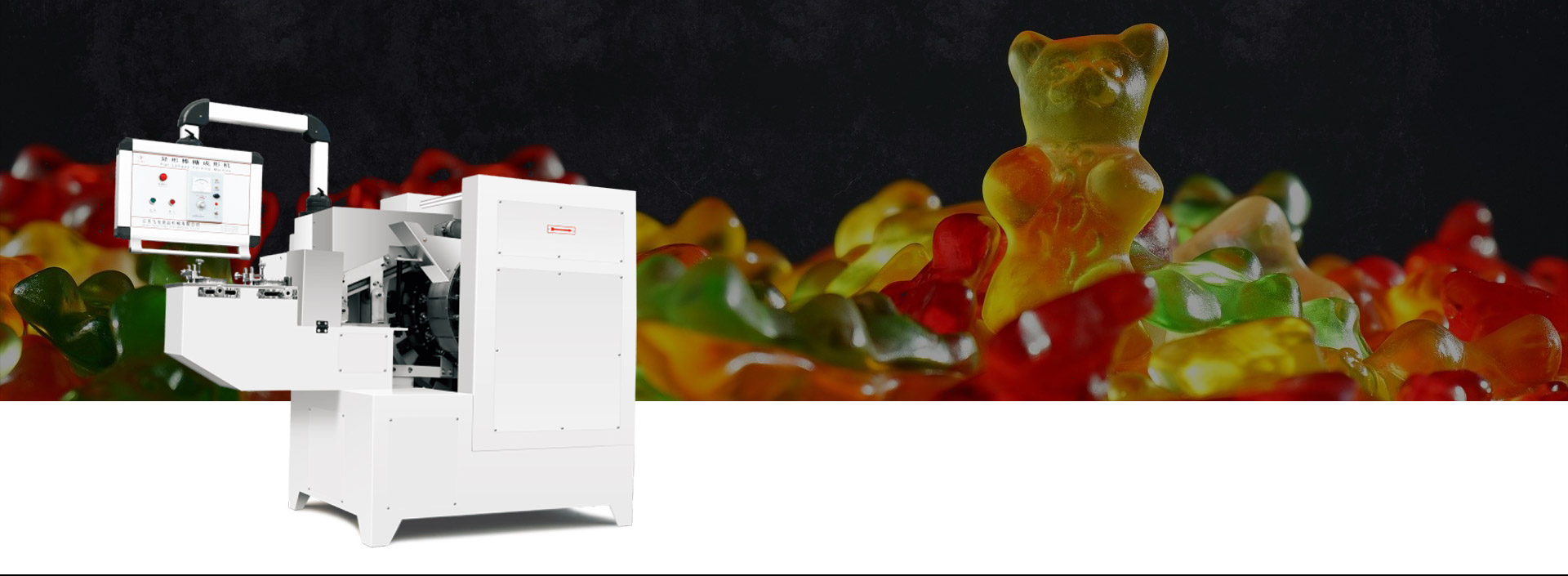
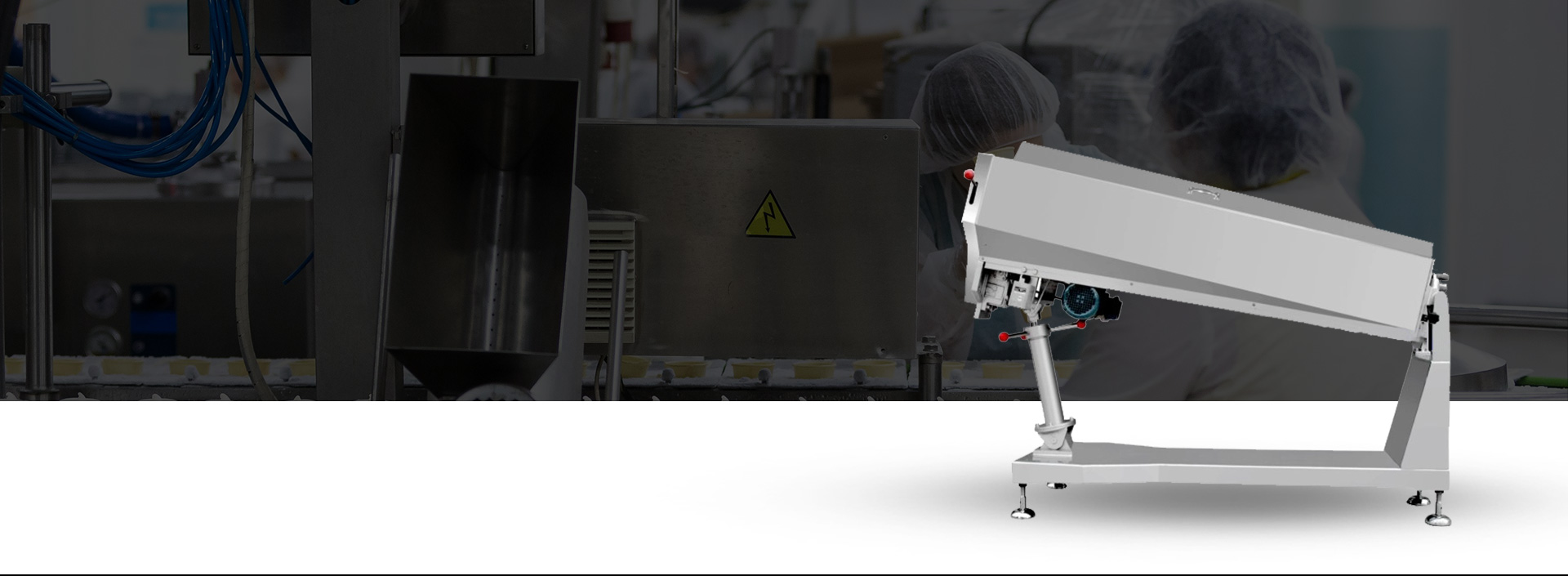
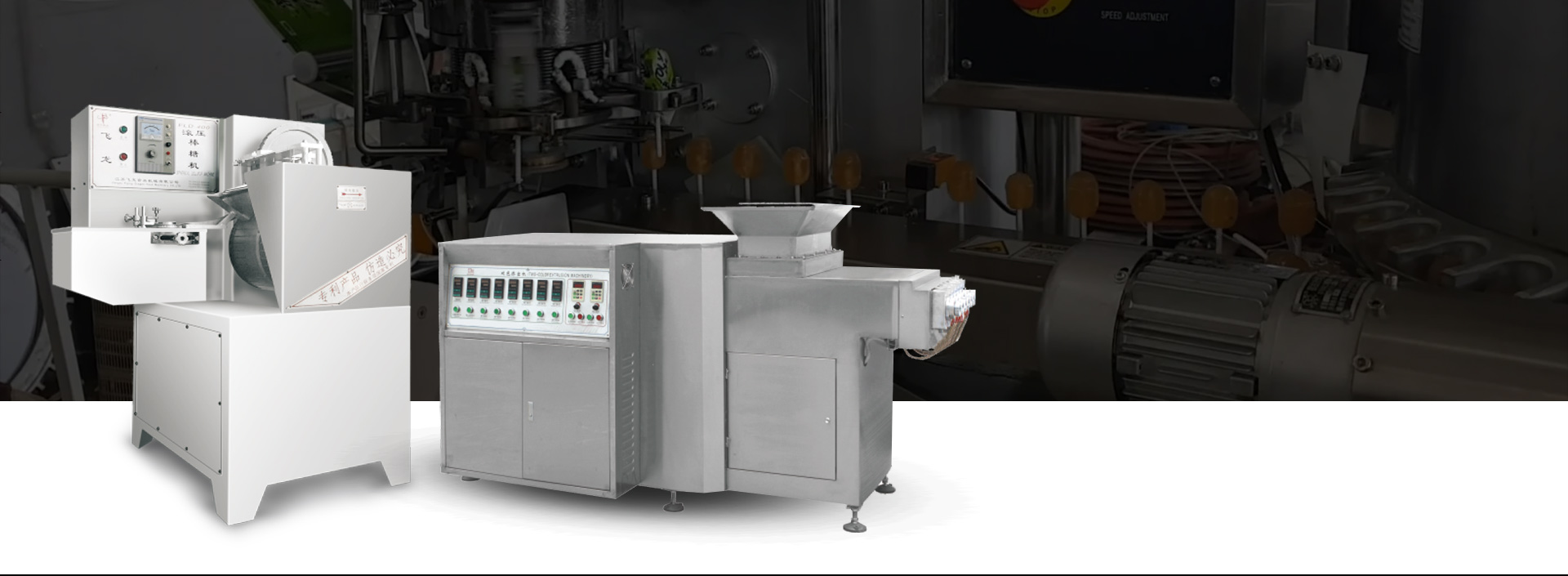
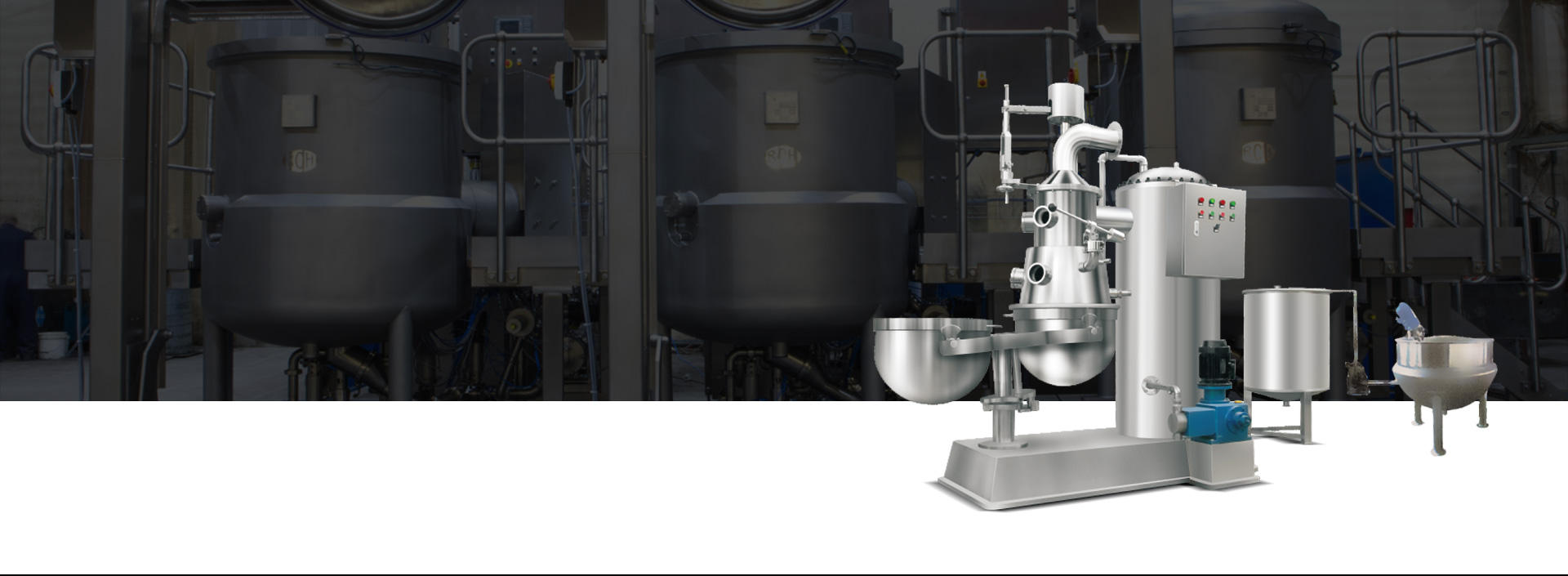

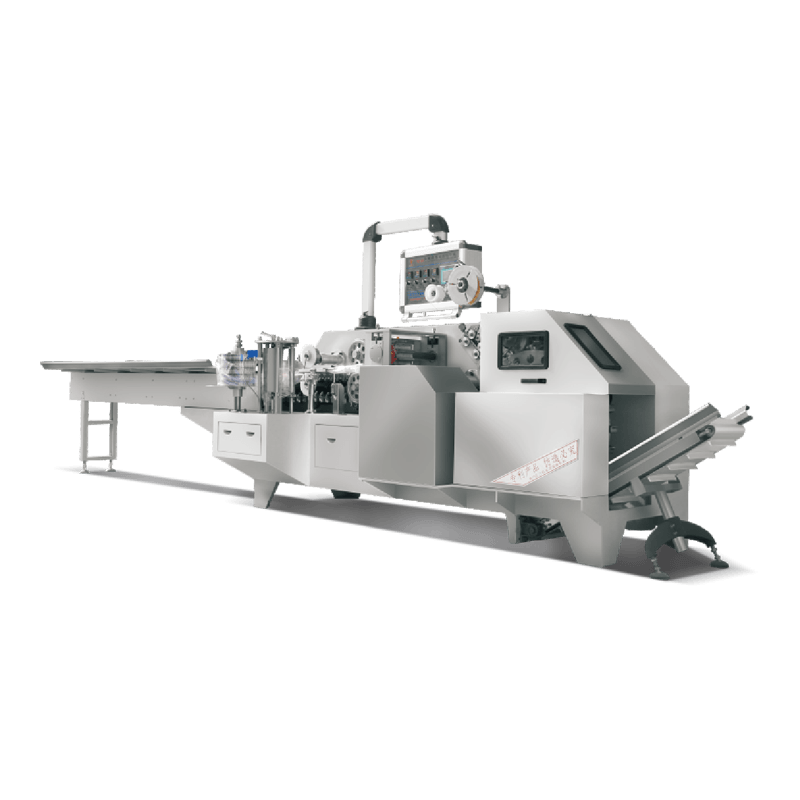
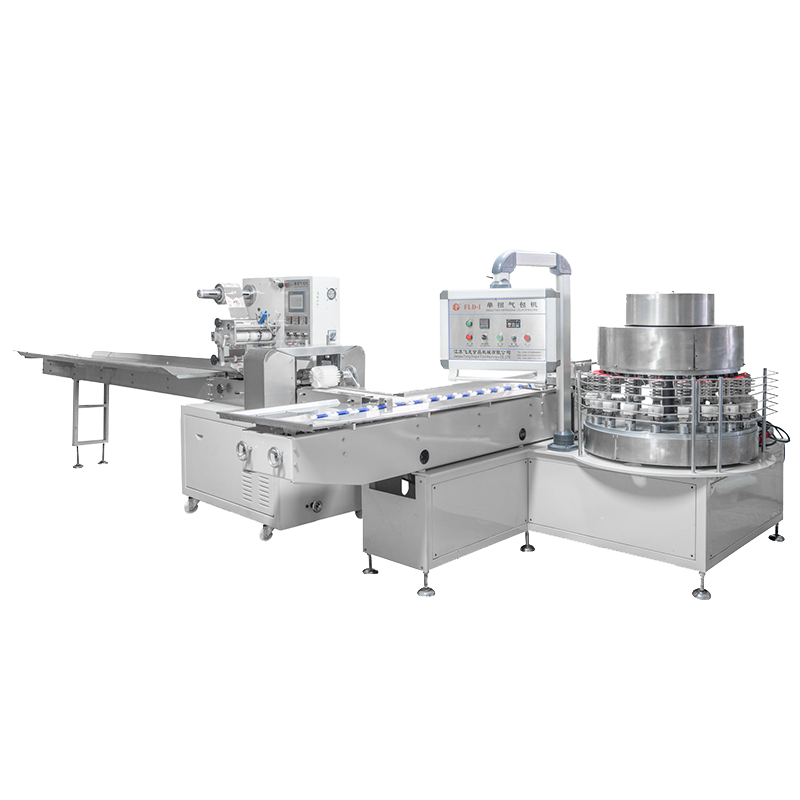
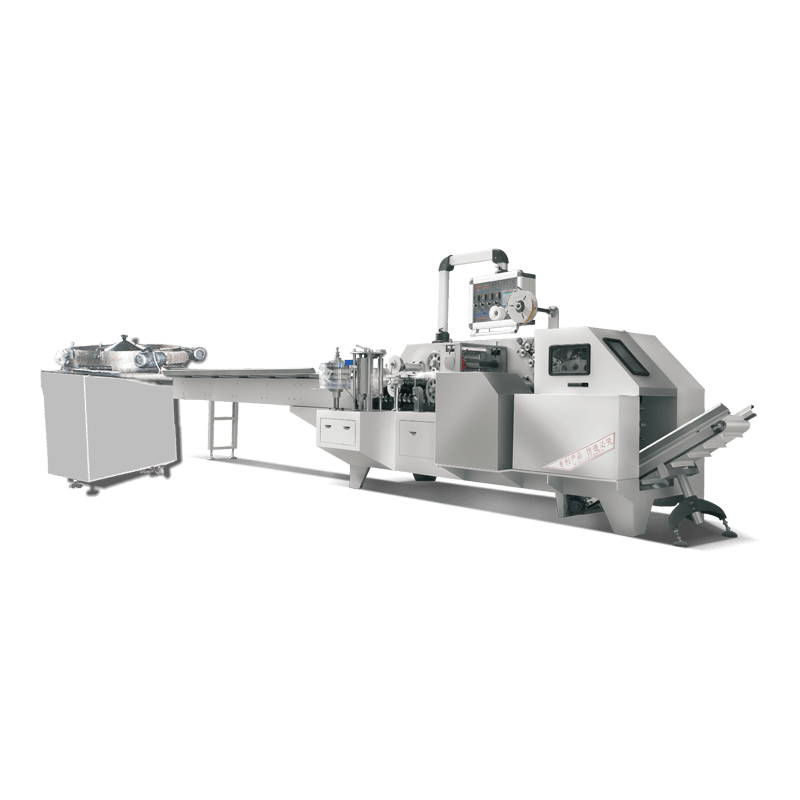
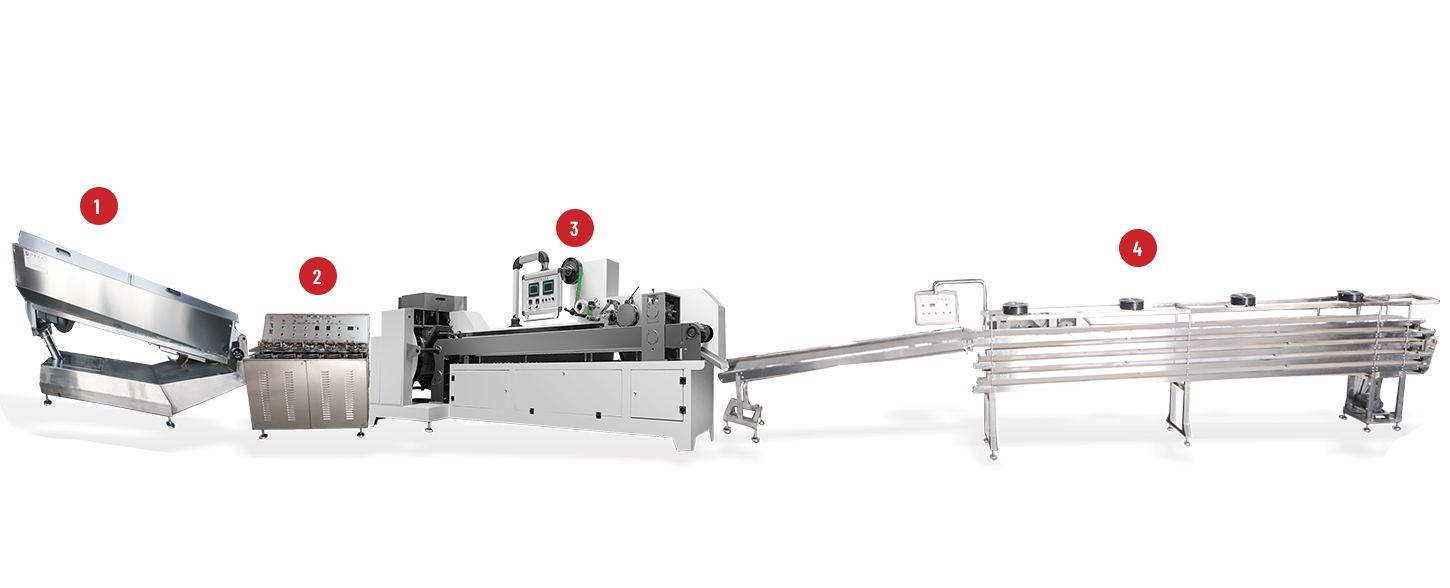
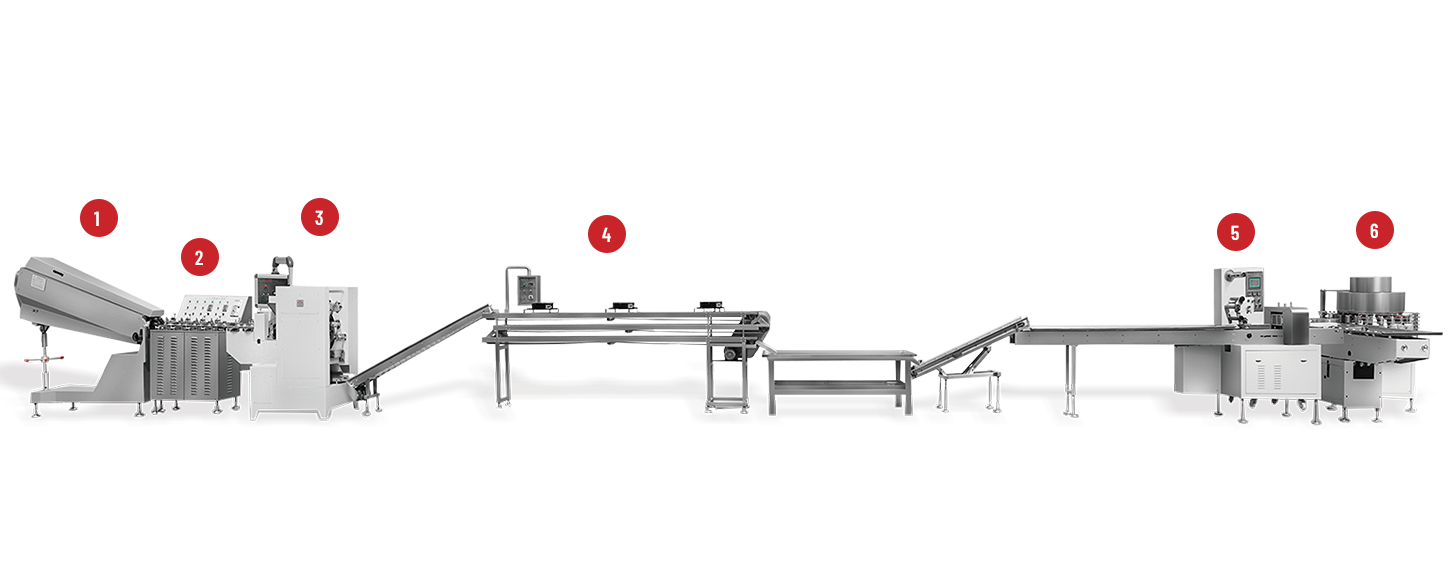
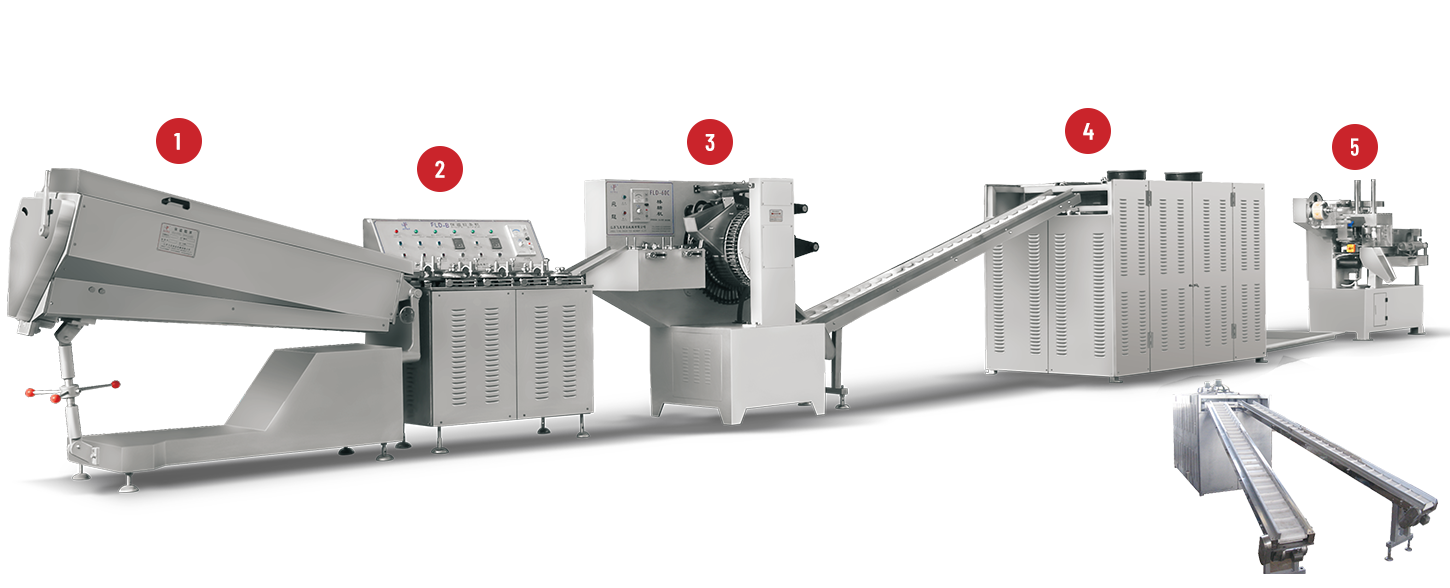
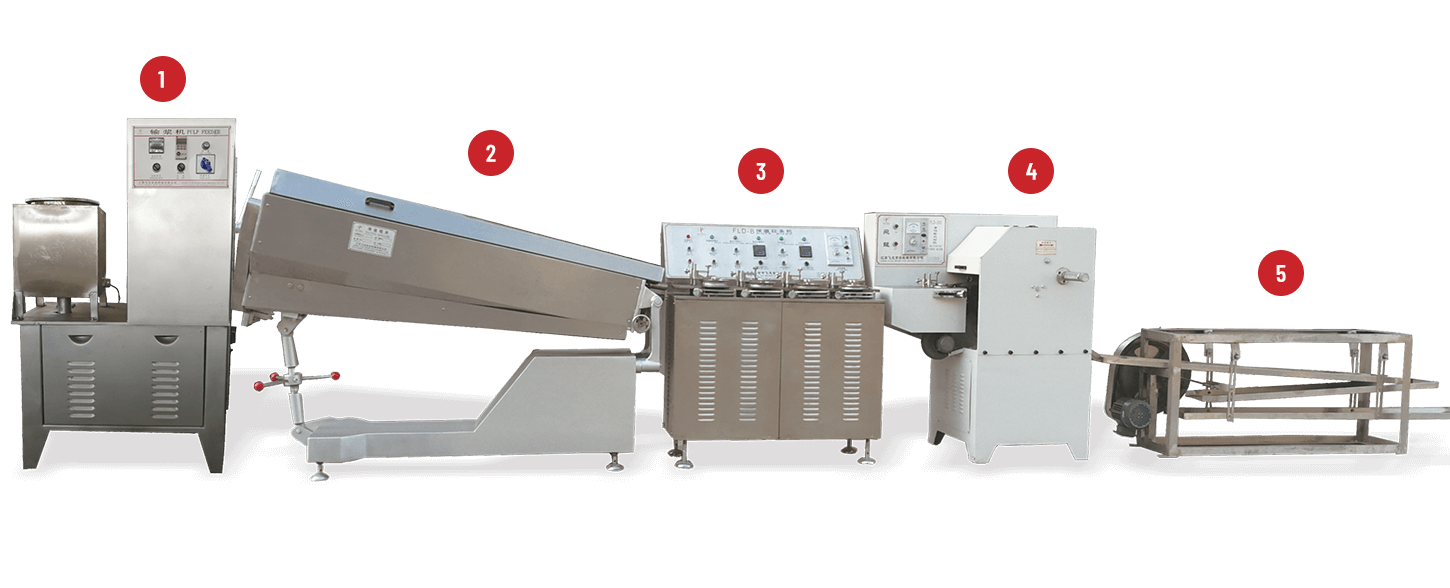
 +86-(0)515-8465666
+86-(0)515-8465666 +86-(0)515-85566996
+86-(0)515-85566996 +86-138 1559 9708
+86-138 1559 9708 flyloong@flyloongcn.com
flyloong@flyloongcn.com 
 Home
Home